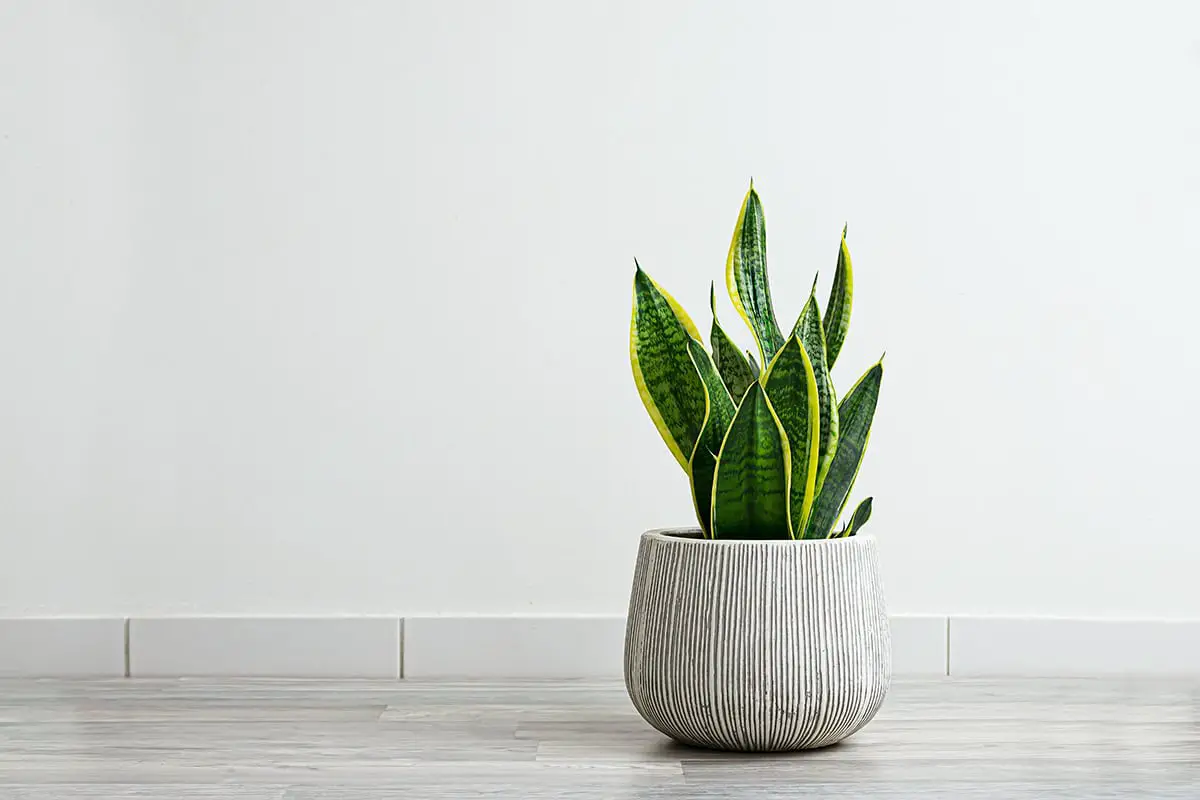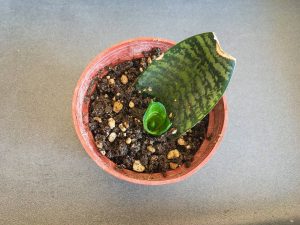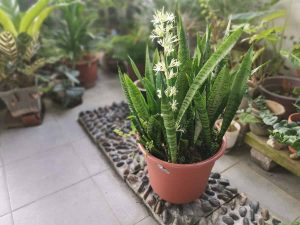You bring home a beautiful snake plant, and you are excited to add some greenery to your space. You water it regularly, place it near a window for plenty of light, and expect it to thrive. Weeks pass, and instead of a lush, vibrant plant, you notice yellowing leaves and drooping stalks. What went wrong?
Snake plant care mistakes are more common than you might think, and they often stem from well-intentioned actions. Here are some common pitfalls to avoid to keep your snake plant healthy and thriving.
Table of Contents
Watering Too Frequently
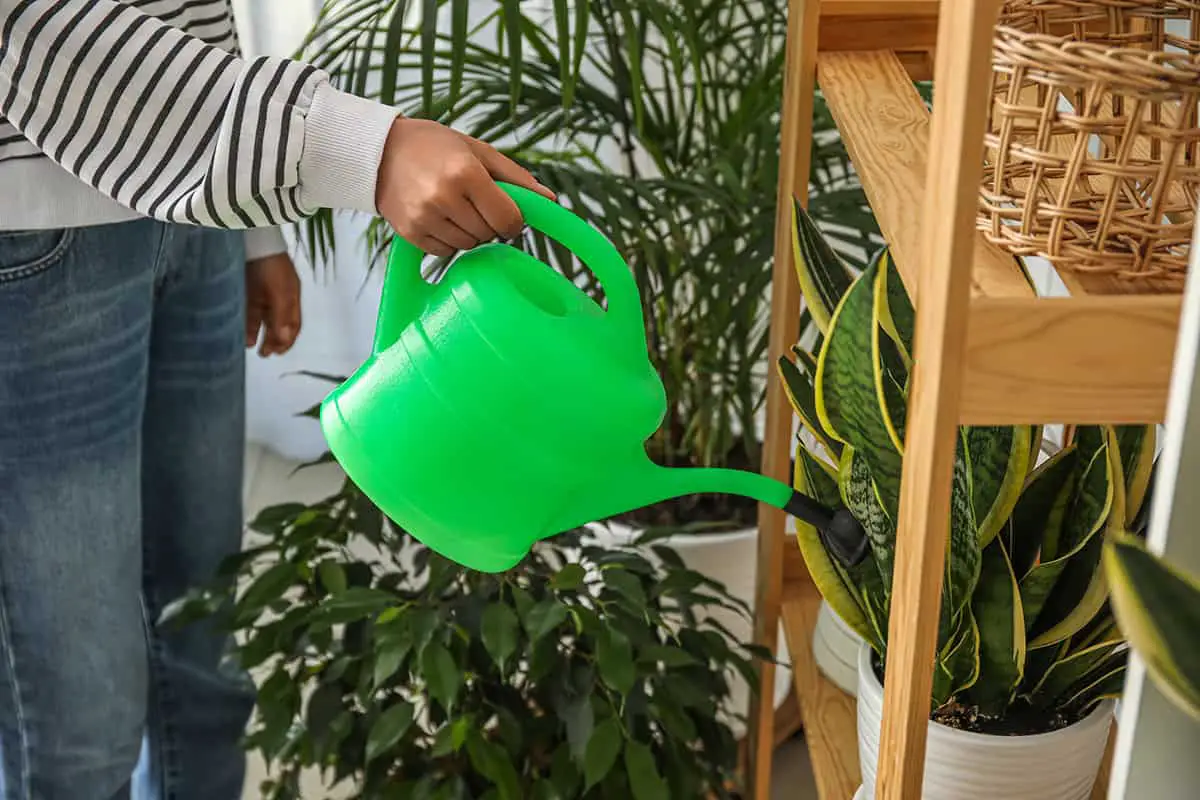
When caring for your snake plant, watering too often can lead to problems. Your snake plant prefers dry conditions and excess water can harm it. It’s crucial to understand the right balance to keep your plant healthy.
Water your snake plant only when the soil is dry to the touch. Typically, this means watering every two to six weeks, depending on your home’s humidity and temperature. Over-watering can cause root rot, a common issue with these plants.
Snake plants store water in their leaves, so they can thrive with less water than other houseplants. Always check the soil before deciding to water your plant. If in doubt, wait a few more days.
If you use a pot for your snake plant, make sure it has drainage holes. These allow excess water to escape, preventing moisture from accumulating at the bottom. Avoid letting your plant sit in standing water, as this can also promote root rot.
Exposing To Too Much Direct Sunlight
Your snake plant prefers indirect light. Direct sunlight can harm it, so make sure to avoid placing it in too much sun. If placed in too much sun, the leaves may get burnt. Look for signs such as fading or pale patches on the foliage, indicating too much exposure.
A heavy pot keeps taller varieties stable as their leaves are weighty. Ensure your snake plant remains in a location that mimics its natural, subtropical habitat. When you choose a spot for your snake plant, remember it thrives in bright but not direct light.
For optimal growth, avoid windows with harsh sunlight. If your only option is a sunny window, consider using a sheer curtain. This can diffuse the intensity of the sunlight, protecting your snake plant from damage.
Choosing Porous Containers
When selecting containers for your snake plant, choose non-porous options. These containers help regulate moisture levels, protecting roots from overwatering. Non-porous pots are made of materials like plastic, metal, or glazed ceramic that do not allow water to pass through easily.
It’s vital for you to know that non-porous pots can prevent air and water from moving freely. This means your snake plant will require less frequent watering, reducing the risk of root rot. Consistent with care guidelines, non-porous containers maintain stable soil conditions.
You may find non-porous containers are generally more durable for indoor use. They can withstand varying temperatures, but during the winter, care is necessary. Non-porous materials other than glazed pottery can be suitable for early season plants, including snake plants.
While these containers often come with a higher price tag, their longevity makes it a cost-effective choice for houseplant enthusiasts. Keep in mind that proper drainage holes remain crucial, even with non-porous options, to ensure excess water can escape.
Overlooking Humidity And Temperature Needs

When caring for your snake plant, make sure to maintain the right humidity and temperature. These factors greatly influence your plant’s health. Snake plants prefer temperatures between 60 to 75°F. They thrive in warm indoor environments, so make sure to keep them away from extreme cold or heat.
Snake plants need moderate humidity levels, so you should keep the air around them neither too dry nor too moist. Ensuring proper humidity mimics their native tropical climate. High humidity can lead to rot, while low humidity may cause the leaves to wither.
If you want your snake plant to flourish, avoid placing it near drafts or heating sources. Keep your plant away from windows that are too chilly or direct afternoon sunlight that can scorch the leaves. Monitor indoor conditions, especially during winter when indoor heat can dry the air. Use a humidity and temperature guide to help your snake plant prosper.
Neglecting Regular Dusting
Snake plant care requires regular dusting. Without it, your plant may suffer. Dust blocks sunlight and clogs pores, preventing the snake plant from breathing well. Leaves need clean surfaces for photosynthesis.
You should gently wipe the leaves using a soft, damp cloth. Do this task monthly to keep your plant healthy. Clean leaves can better absorb light and air.
Dusty leaves can also attract pests, so make sure to keep the leaves dust-free. This simple step will likely help you avoid pest problems.
Using The Wrong Soil Type
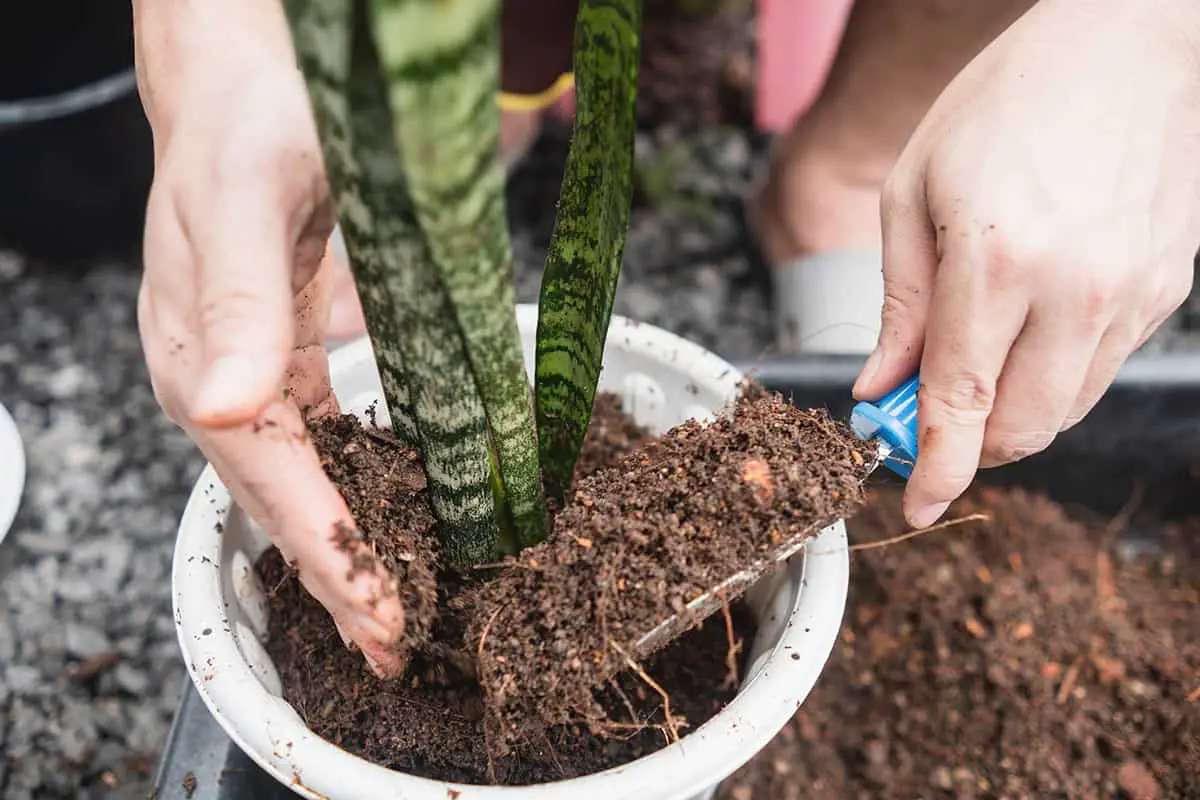
These plants need well-draining soil to prevent root rot, a common issue when the soil retains too much moisture. An ideal mix should allow water to flow freely while providing enough support for the plant’s roots.
Commercial potting mixtures labeled as “succulent” or “cactus” offer a good starting point. These mixes typically contain a combination of soil, sand, and perlite or pumice – elements that promote drainage. You can enhance the mix’s drainage by adding more perlite if it still retains moisture.
Key attributes of snake plant soil:
- Fast-draining: Water should not pool on the surface.
- Loose structure: This allows roots to grow without resistance.
- Nutrient-rich: Despite their hardiness, snake plants benefit from soil with proper nutrients.
Infrequent Repotting
When you have a snake plant, repotting is a crucial task often overlooked. Your snake plant can become root-bound, so its growth gets limited when it remains in the same pot for too long. You can spot the need for a new home by checking the pot’s bottom. If you see roots growing through the drainage holes, it’s time to repot.
Choose a new pot that is only one size larger than the current one. Your snake plant prefers a snug fit and doesn’t need much space. Be sure to use fresh potting soil, as this soil offers better nutrient content and drainage capability.
Remember to repot your snake plant every two to three years. Doing this prevents compacted soil and nutrient depletion. Proper repotting helps maintain your plant’s health and vigor, so don’t neglect this step or your snake plant’s growth may slow or even stop.
Forgetting To Fertilize Or Over-Fertilizing

One critical aspect of caring for a snake plant is fertilization. Both neglecting to fertilize and over-fertilizing can harm your plant. Snake plants need nutrients to thrive, but too much can lead to problems.
If you don’t fertilize, your snake plant may grow slowly or have weak, pale leaves. It needs feeding, especially during its growing season. Use an all-purpose fertilizer at half-strength every month in spring and summer.
Conversely, too much fertilizer can damage the roots, causing brown tips or even leaf loss. Signs of over-fertilization include a crust of fertilizer on the soil surface, wilting, and slow growth. If this happens, you may need to flush the soil with water to remove excess fertilizer.
Fertilize the snake plant correctly for health and vigor. Just remember, less is more when it comes to feeding this resilient plant. Your snake plant will show its appreciation with strong, vibrant foliage.
